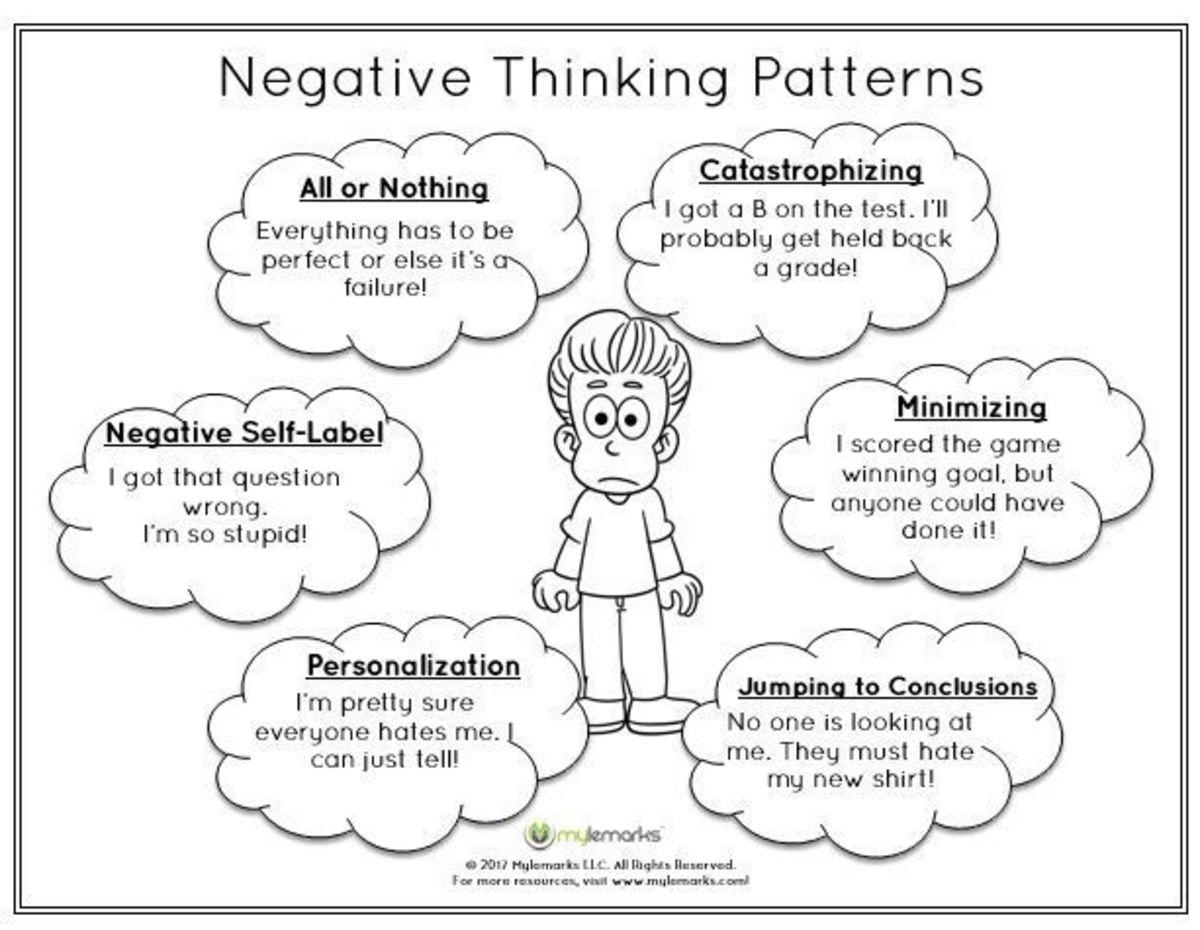Emotional eating is a complex behavior that many individuals grapple with, often as a response to stress, sadness, or even boredom. It serves as a temporary escape, offering comfort in moments of emotional turmoil. However, the relief it provides is fleeting, often leading to a cycle of guilt and further emotional distress. Understanding the intricate relationship between our emotions and eating habits is crucial in addressing this issue. Cognitive behavioral techniques (CBT) offer a structured and empathetic approach to breaking this cycle. By focusing on the underlying thoughts and emotions that trigger emotional eating, CBT provides practical strategies to develop healthier coping mechanisms. This article delves into these techniques, exploring how they can empower individuals to regain control over their eating habits, ultimately fostering a more balanced and mindful relationship with food. Through an empathetic lens, we aim to provide insight and guidance to those seeking to overcome the challenges of emotional eating, offering hope and practical tools for lasting change.
Understanding the Emotional Triggers of Eating
To effectively tackle emotional eating, it’s crucial to first identify and understand the emotional triggers that drive this behavior. Emotional eating often arises as a response to feelings such as stress, boredom, loneliness, or even happiness. Recognizing these triggers can empower individuals to develop healthier coping mechanisms. Begin by keeping a journal to document when and why you feel the urge to eat outside of physical hunger. Note the emotions and situations that lead to these cravings. Over time, patterns will emerge, providing insight into the emotional states that need addressing.
- Stress: Many people turn to food as a comfort when under pressure or facing challenging situations.
- Boredom: Eating can become a habitual way to fill time or break monotony.
- Loneliness: Food can serve as a substitute for companionship, offering temporary solace.
- Happiness: Celebratory eating can sometimes spiral into overindulgence, using food as a reward.
Understanding these emotional connections is the first step toward reclaiming control over eating habits. By acknowledging the underlying emotions, individuals can start to explore alternative coping strategies that do not involve food. This approach not only aids in managing emotional eating but also promotes emotional well-being.

Identifying and Restructuring Negative Thought Patterns
Recognizing and altering the negative thought patterns that often lead to emotional eating is a crucial step in adopting healthier coping mechanisms. These thoughts can manifest as self-critical statements or unrealistic expectations, often triggered by stress, loneliness, or boredom. The first step is to develop awareness of these thoughts. Pay attention to your internal dialogue and identify recurring themes that might be sabotaging your efforts.
Once you’ve identified these patterns, the next step is restructuring them. This involves challenging and reframing negative thoughts into more balanced and constructive ones. For instance:
- Instead of thinking, “I failed by eating that dessert,” try, “I enjoyed a treat, and I can continue making healthy choices moving forward.”
- Replace “I’m too stressed to think about my diet” with “I can manage stress by focusing on my well-being.”
By consistently practicing these cognitive shifts, you can build resilience against emotional eating triggers and foster a more positive relationship with food.

Mindfulness Practices to Enhance Self-awareness
Embracing mindfulness practices can be a powerful way to cultivate self-awareness, especially when striving to manage emotional eating. These practices encourage a deeper understanding of your thoughts, feelings, and bodily sensations, enabling you to recognize emotional triggers before they lead to unplanned eating. By incorporating mindfulness into your daily routine, you can develop a heightened awareness of your emotional state and create a buffer between your emotions and your actions.
Here are a few mindfulness techniques to consider integrating into your life:
- Body Scan Meditation: This practice involves focusing on different parts of your body, one at a time, to notice any tension or stress. This helps you connect with physical sensations and understand how emotions manifest in your body.
- Mindful Breathing: Take a few moments each day to concentrate on your breath. Pay attention to the rhythm of your breathing and how it feels to inhale and exhale. This can help anchor your attention and bring clarity to your emotional state.
- Emotion Journaling: Regularly writing down your thoughts and feelings can uncover patterns in your emotional responses, providing insights into what triggers emotional eating.
- Mindful Eating: Focus on the sensory experience of eating. Pay attention to the taste, texture, and aroma of your food, and eat slowly to savor each bite. This practice not only enhances your enjoyment of food but also helps you recognize when you’re eating out of hunger versus emotion.
Implementing these practices can gradually lead to greater self-awareness, allowing you to address the root causes of emotional eating with compassion and understanding.
Practical Strategies for Developing Healthy Eating Habits
Adopting practical strategies can significantly aid in establishing a healthier relationship with food, especially when emotions drive eating habits. Mindful eating is one effective approach that encourages individuals to pay close attention to their hunger cues and the sensory experiences of eating. This technique involves savoring each bite, acknowledging the flavors, textures, and aromas, which can help reduce impulsive eating driven by emotions. Additionally, identifying triggers for emotional eating is crucial. Keeping a food and mood diary can help recognize patterns and associations between certain emotions and eating behaviors, enabling you to develop more constructive coping mechanisms.
- Plan meals and snacks: Having a structured eating schedule can prevent mindless grazing and reduce the likelihood of reaching for comfort foods in times of stress.
- Practice self-compassion: When setbacks occur, avoid harsh self-criticism. Instead, acknowledge the slip-up, learn from it, and focus on moving forward positively.
- Engage in alternative activities: Find other ways to address emotional needs, such as taking a walk, engaging in a hobby, or practicing relaxation techniques, to divert attention away from food.
- Seek support: Joining a support group or talking to a professional can provide guidance and encouragement as you work towards healthier eating habits.
